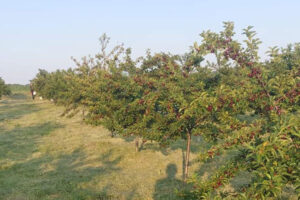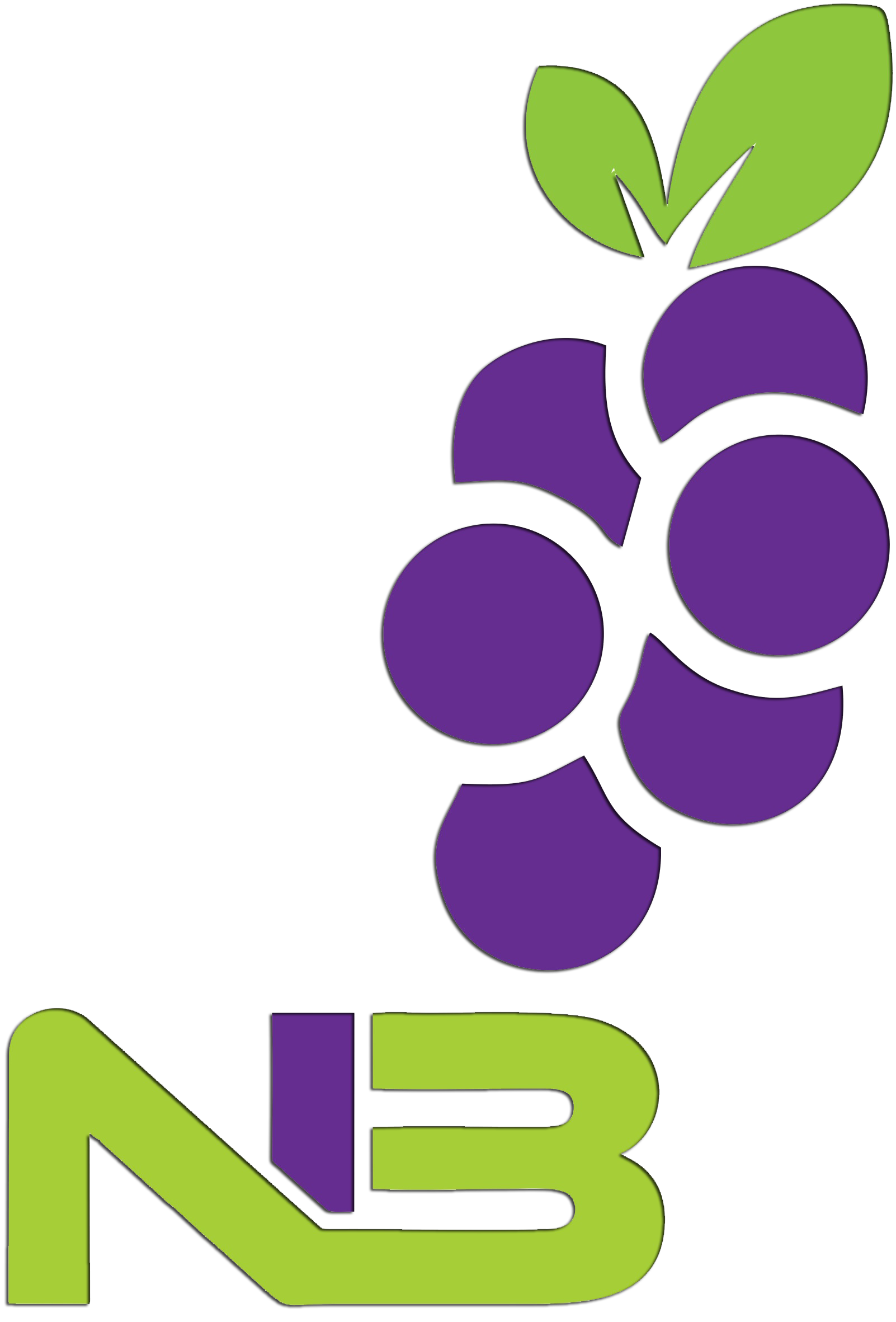Advantages and disadvantages of machine harvest of sour cherry
 Advantages and disadvantages of mechanical sour cherry picking As most sour cherry growers have been having trouble finding labor at harvest time lately, some growers are opting for mechanical harvesting. This method has many advantages, but also certain disadvantages. Sour cherry areas have increased significantly in both Europe and Asia over the past ten years. Until now, manual harvesting of these fruits predominates, and this form of harvesting has certain advantages over mechanical harvesting. They are reflected in the possibility of harvesting even in bad weather conditions (rain), as well as during the harvesting of young trees, where mechanized harvesting is not possible in the early years. The advantage is also a “clean” harvest, that is, less leaves, stems, earth and other impurities in the boxes. Manual harvesting increases the cost of sour cherry production. On the other hand, manual harvesting has many disadvantages, the most significant of which is that sour cherry picking is a period when there is a greater need for labor due to the uniform ripening of sour cherries over a larger area. Since workers are paid for productivity, they tend to skip the less accessible parts of the trees in order to earn higher wages. This reduces the total number of cherries harvested. A greater shortage of labor leads to a delay in harvesting and a decrease in the quality of the fruit, and hence to a decrease in the purchase price of the crop. All this leads to an increase in the cost of sour cherry products, and, consequently, to a decrease in the profits of producers. As a solution to these problems, mechanized cherry picking is gaining importance and is being expanded in regions where sour cherries are grown. Mechanical cleaning reduces labor costs. Mihailo Zikich, a graduate engineer in horticulture and viticulture, says the benefits of mechanical harvesting are reflected in lower harvesting costs. The sour cherry picking machine removes fruit from all parts of the crown by shaking. At harvest time, a significantly smaller number of workers were hired. Reducing the workforce solves the problem of transportation as well as feeding the workforce. Harvesting is faster because it does not depend on human labor. Therefore, you can choose the best moment for harvesting. Hand contact with fruit is minimal, so the risk of bacterial contamination is reduced.
Advantages and disadvantages of mechanical sour cherry picking As most sour cherry growers have been having trouble finding labor at harvest time lately, some growers are opting for mechanical harvesting. This method has many advantages, but also certain disadvantages. Sour cherry areas have increased significantly in both Europe and Asia over the past ten years. Until now, manual harvesting of these fruits predominates, and this form of harvesting has certain advantages over mechanical harvesting. They are reflected in the possibility of harvesting even in bad weather conditions (rain), as well as during the harvesting of young trees, where mechanized harvesting is not possible in the early years. The advantage is also a “clean” harvest, that is, less leaves, stems, earth and other impurities in the boxes. Manual harvesting increases the cost of sour cherry production. On the other hand, manual harvesting has many disadvantages, the most significant of which is that sour cherry picking is a period when there is a greater need for labor due to the uniform ripening of sour cherries over a larger area. Since workers are paid for productivity, they tend to skip the less accessible parts of the trees in order to earn higher wages. This reduces the total number of cherries harvested. A greater shortage of labor leads to a delay in harvesting and a decrease in the quality of the fruit, and hence to a decrease in the purchase price of the crop. All this leads to an increase in the cost of sour cherry products, and, consequently, to a decrease in the profits of producers. As a solution to these problems, mechanized cherry picking is gaining importance and is being expanded in regions where sour cherries are grown. Mechanical cleaning reduces labor costs. Mihailo Zikich, a graduate engineer in horticulture and viticulture, says the benefits of mechanical harvesting are reflected in lower harvesting costs. The sour cherry picking machine removes fruit from all parts of the crown by shaking. At harvest time, a significantly smaller number of workers were hired. Reducing the workforce solves the problem of transportation as well as feeding the workforce. Harvesting is faster because it does not depend on human labor. Therefore, you can choose the best moment for harvesting. Hand contact with fruit is minimal, so the risk of bacterial contamination is reduced.

Advantages and disadvantages of mechanical sour cherry picking
As most sour cherry growers have been having trouble finding labor at harvest time lately, some growers are opting for mechanical harvesting. This method has many advantages, but also certain disadvantages.
Sour cherry areas have increased significantly in both Europe and Asia over the past ten years. Until now, manual harvesting of these fruits predominates, and this form of harvesting has certain advantages over mechanical harvesting. They are reflected in the possibility of harvesting even in bad weather conditions (rain), as well as during the harvesting of young trees, where mechanized harvesting is not possible in the early years. The advantage is also a “clean” harvest, that is, less leaves, stems, earth and other impurities in the boxes.
Manual harvesting increases the cost of sour cherry production.
On the other hand, manual harvesting has many disadvantages, the most significant of which is that sour cherry picking is a period when there is a greater need for labor due to the uniform ripening of sour cherries over a larger area. Since workers are paid for productivity, they tend to skip the less accessible parts of the trees in order to earn higher wages. This reduces the total number of cherries harvested. A greater shortage of labor leads to a delay in harvesting and a decrease in the quality of the fruit, and hence to a decrease in the purchase price of the crop.
All this leads to an increase in the cost of sour cherry products, and, consequently, to a decrease in the profits of producers. As a solution to these problems, mechanized cherry picking is gaining importance and is being expanded in regions where sour cherries are grown.
Mechanical cleaning reduces labor costs.
Mihailo Zikich, a graduate engineer in horticulture and viticulture, says the benefits of mechanical harvesting are reflected in lower harvesting costs. The sour cherry picking machine removes fruit from all parts of the crown by shaking. At harvest time, a significantly smaller number of workers were hired. Reducing the workforce solves the problem of transportation as well as feeding the workforce. Harvesting is faster because it does not depend on human labor. Therefore, you can choose the best moment for harvesting. Hand contact with fruit is minimal, so the risk of bacterial contamination is reduced.
